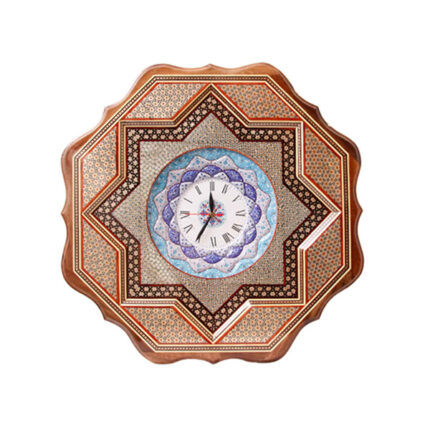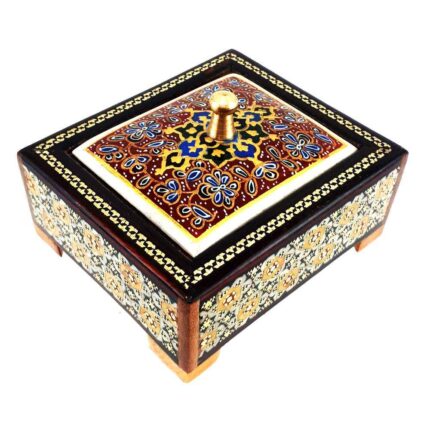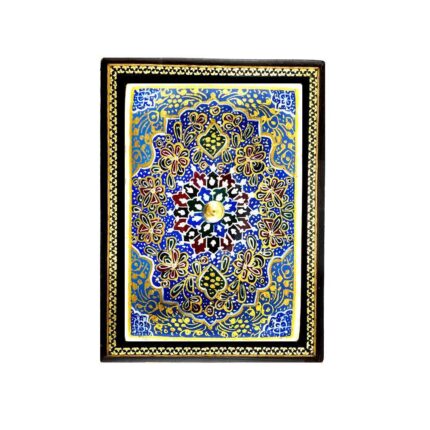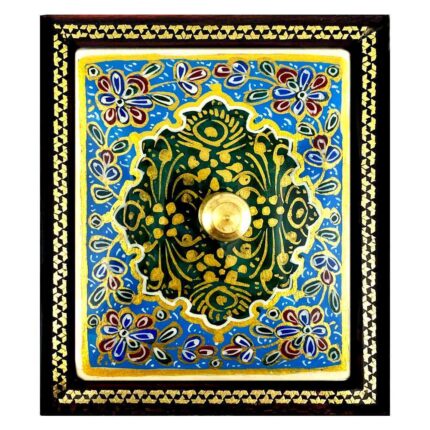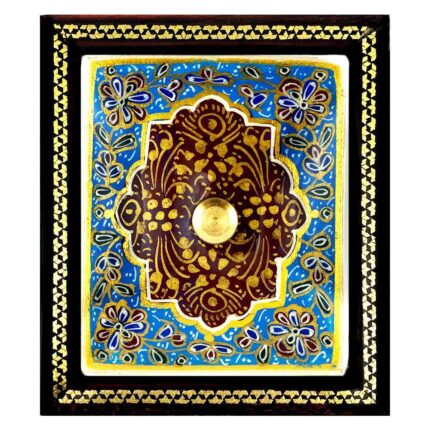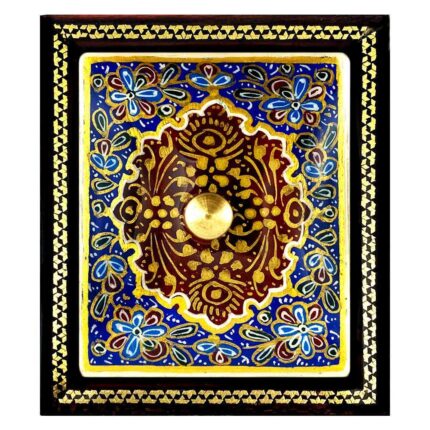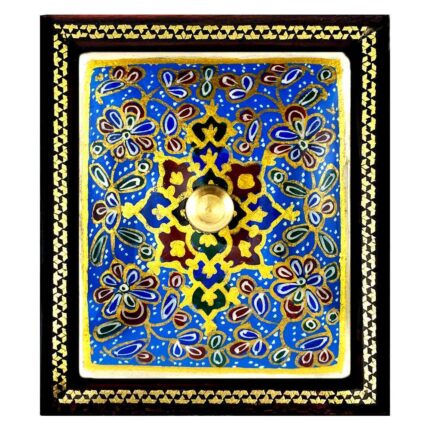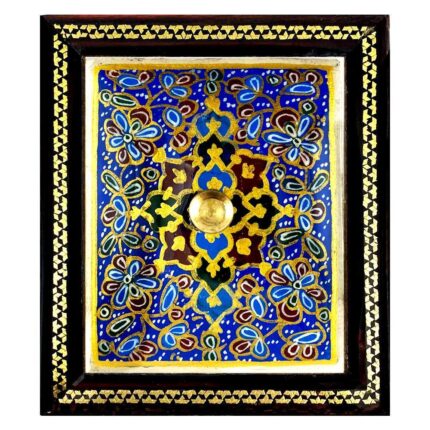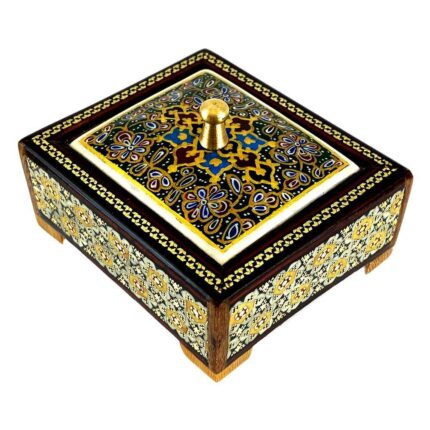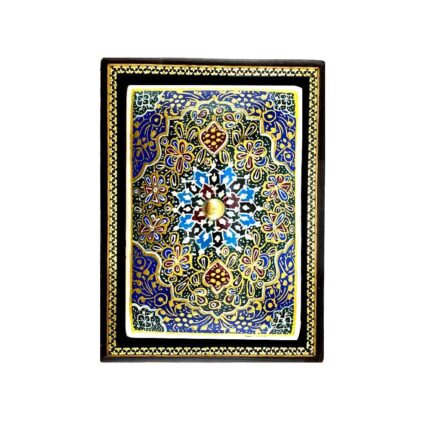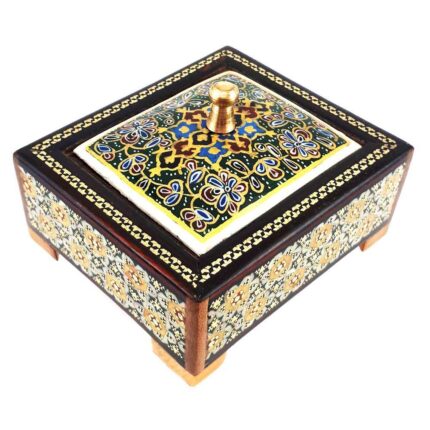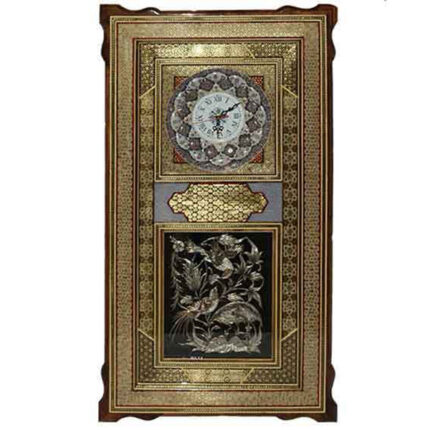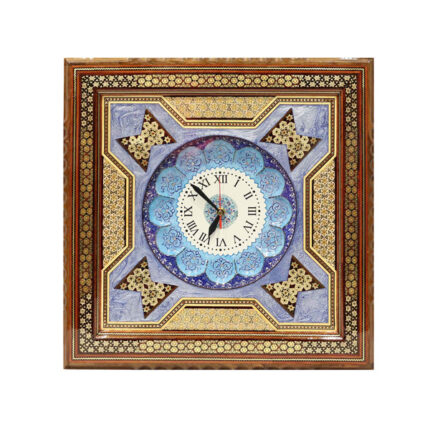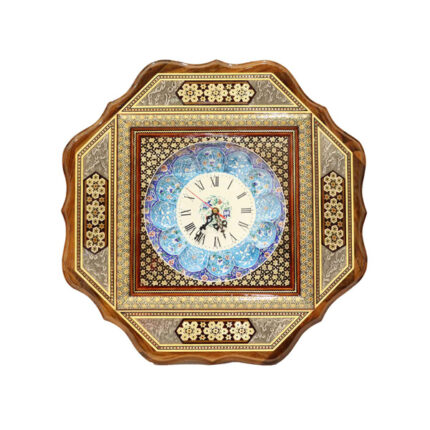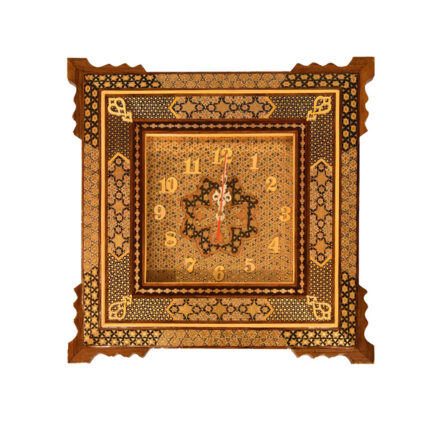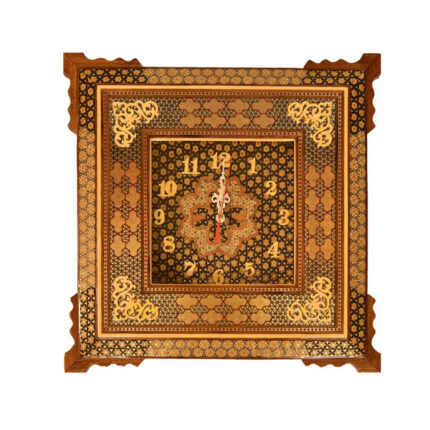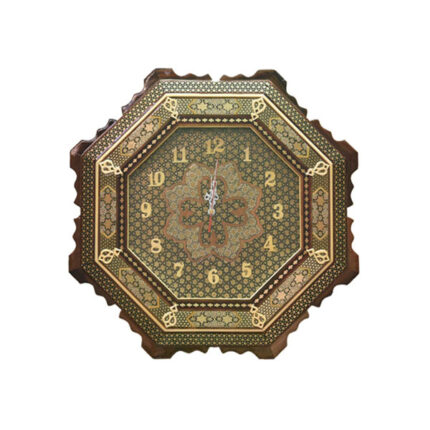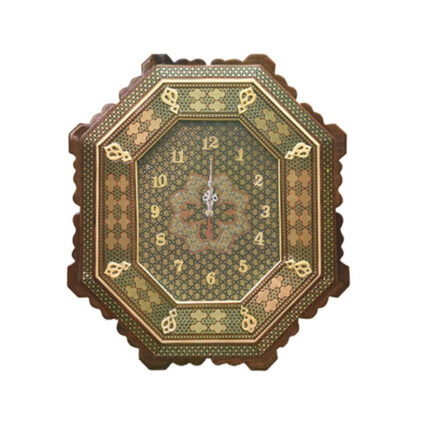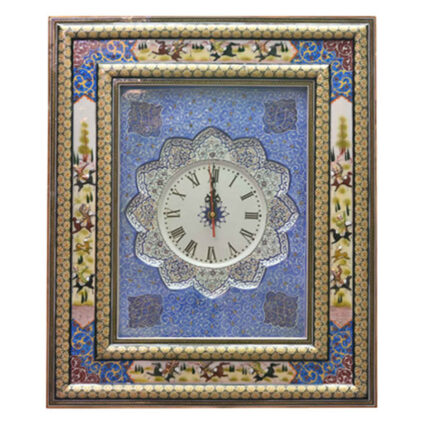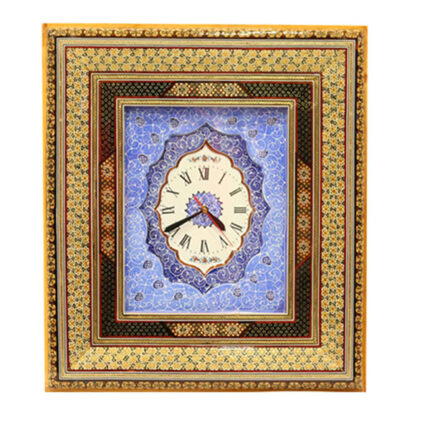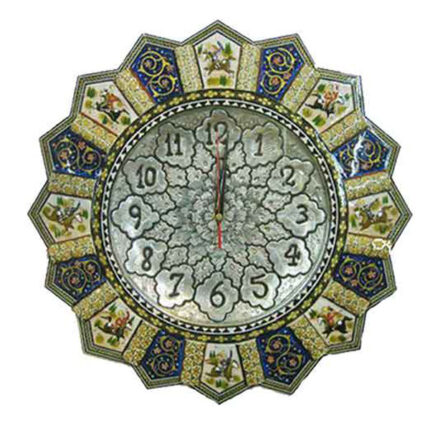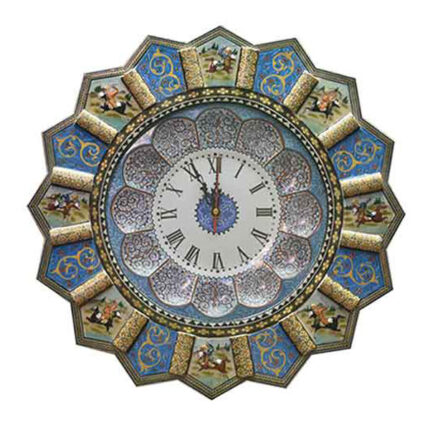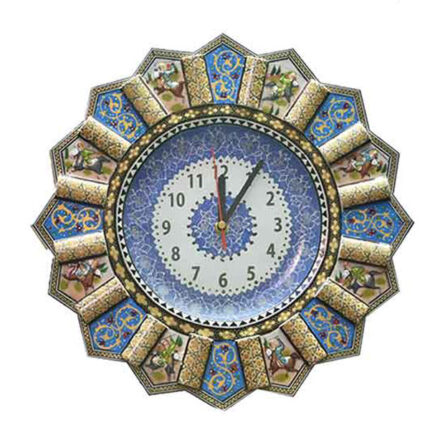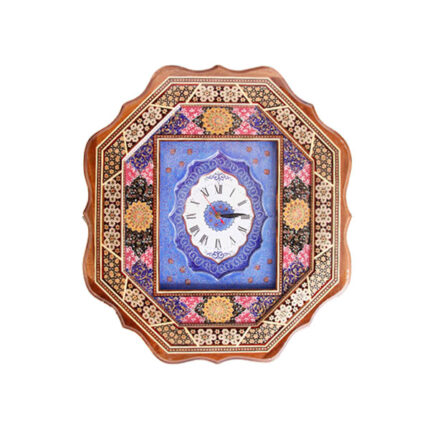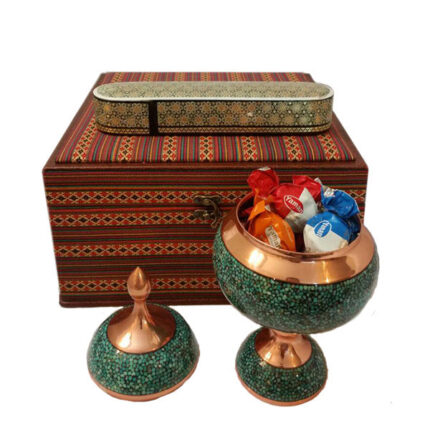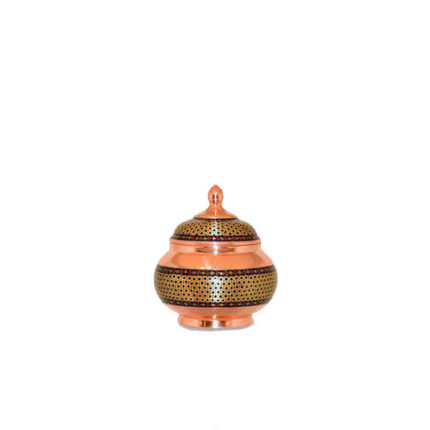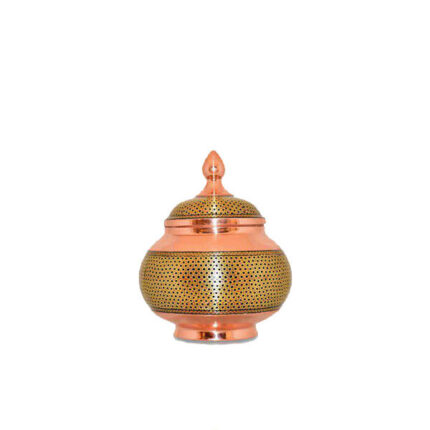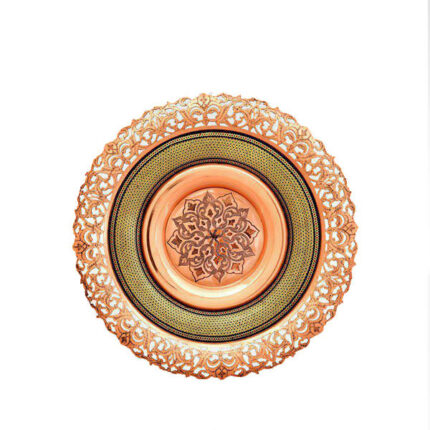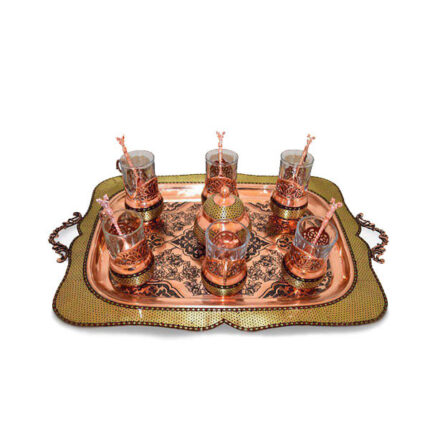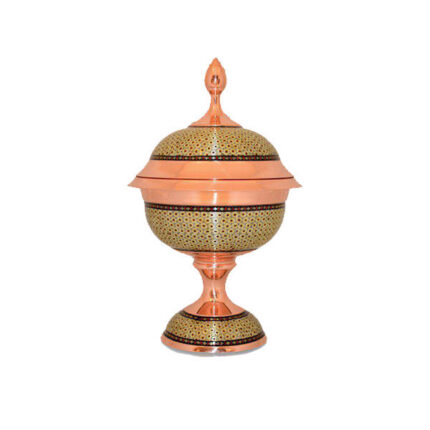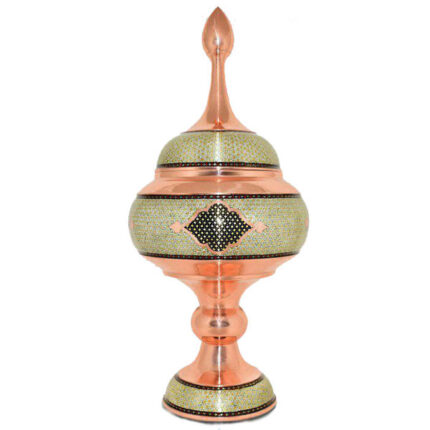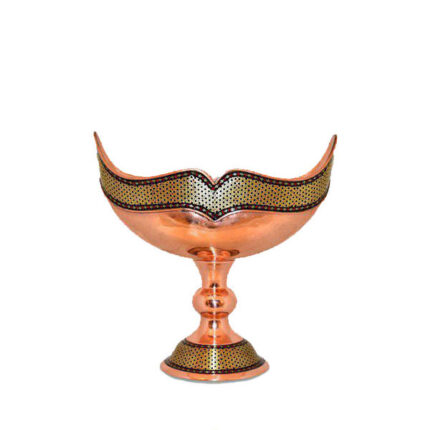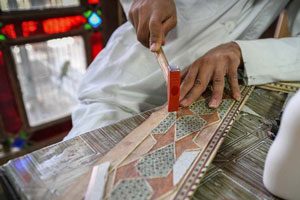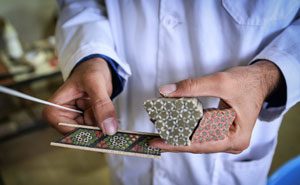Khatam kari is just one of the Iranian inlay arts. The surface area of wood or steel things is enhanced with cut items of timber, bone, and steel in numerous forms and layouts.
The products utilized in this craft can be gold, silver, brass, light weight aluminum, and twisted cable. Its various inlay items are recognized for its high quality, measurements, and geometric approaches. Smaller-sized items lead to a greater worth of the artwork.
khatam Kari Means
Khatam Kari is an ancient Persian art form of inlay marquetry which translates to “seal making” in English. It is a highly complex and labor-intensive craft that involves inlaying pieces of brass, shell, bone, and other materials into a wooden base.
The pieces are arranged in intricate and symmetrical patterns, creating a beautiful and unique design.
What is Inlaid Woodwork
Inlaid woodworking is an ancient craft that involves creating intricate designs by joining pieces of different materials, like wood, bone, or metal, into a single piece. The pieces are cut into small shapes, like triangles, diamonds, squares and stars, and then inlaid into a wooden frame. Decorative elements, like precious stones, mother of pearl, and gold, can also be added to the piece.
The skill required to create these designs is impressive and the finished product is a beautiful example of craftsmanship. Today, inlaid woodwork is used to decorate furniture, boxes, frames, and more, and it is a lovely way to add a unique and sophisticated touch to a piece.
Persian Marquetry
Persian Marquetry, also known as Khatamkari, is a traditional Persian handicraft that involves inlaying small pieces of wood, metal, bone, and other materials to create intricate patterns and designs on various surfaces. This art form dates back centuries and is deeply rooted in Persian culture and craftsmanship.
Persian Marquetry involves cutting small geometric shapes from different materials and arranging them meticulously to form decorative patterns. These patterns are then glued onto the desired surface, such as furniture, jewelry boxes, picture frames, or musical instruments. The result is a stunning mosaic-like design showcasing the artisan’s skill and precision.
Khatam Kari Box
The Khatam Kari box is a highly sought-after item, often gifted for special occasions or simply for its decorative value. The art form is steeped in tradition and the materials used in the box are said to have protective powers. Khatam Kari boxes are beautiful works of art and make a treasured gift for many generations.
Khatam Kari Inlay Tools
Khatam Kari is an ancient Persian art form of inlay marquetry that translates to “seal making” in English. Special tools and materials are needed to create this art form’s intricate and symmetrical patterns.
These include wood, a chisel, a hammer, a saw, files, glue, and various metals and exotic materials. The metals and exotic materials are cut into thin strips and inlaid into the wooden base.
The art form is highly labour-intensive and requires extreme precision and skill. The tools used in Khatam Kari create stunning and intricate designs, making them a treasured gift for many generations.
Khatam Kari Frame materials for inlay art
Khatam Kari is a traditional Persian art form that involves the creation of intricate geometric patterns using inlaid wood and other materials. The frame of a Khatam Kari piece is an essential component, as it provides the foundation for the intricate inlay work. The frame material used in Khatam Kari can vary but typically includes wood, bone, and sometimes even metals such as brass and silver.
Wood types:
Ebony wood, betel wood, boxwood, tabrizi wood, alder and walnut.
Bone types:
Camel bone, horse bone, ivory, oyster.
Metal types:
Today, the most used metal is brass, which is used both in wire and in layers. Gold and silver are used instead of brass in very high-quality inlays.
In ancient times, Copper Handicrafts products were used due to the absence of brass, but today, copper and tin are used in low-value khatam.
Other materials used for Khatam kari are iris or white glue. Feather thread can also be used to make feathers and flowers, etc., used for wrapping.
Iranian khatam kari features:
1. The wooden surface where the gasket is attached should be completely smooth, drawn to each other’s joints, and have no gaps.
2. The color of all prisms used in Khatam Kari works should be completely constant and uniform and should not contain any changes.
3. khatam incisions should be completely smooth and straight, armpit protrusions should not be felt.
4. plastering the bone or wood cavities on the gasket should be done so that the triangles do not change their shape and are invisible if possible.
5. The flowers on the corners and sides of the khatam nomads must be completely parallel and equal.
6. The carpentry structure of the skeleton of the khatam items must be entirely correct and similar.
7. The gasket should not have any roughness or visible joints on the corner, side, or entire surface.
8. All surfaces of the servant’s objects must be specially coated. The polishing of khatam should be done with care so that there is no unpolished place; otherwise, moisture and air will enter into it and cause it to rot quickly.
9. The edges of the wood and the bone of the Khatam kari should be glued together so that the seams and ears are uneven.
10. The smaller and finer the patterns and triangles of the Khatam kari, the higher its quality and beautiful value.
Types of Persian khatam kari
khatam art is used on different surfaces and combined with other handicrafts. For example, it is used to make all kinds of service and decorative plates such as khatams on copper, vases, handles, sugar bowls, chocolate bars, walnuts, mirrors and candlesticks.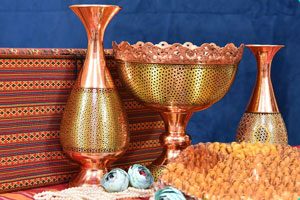
Khatam paper napkin box, Khatam jacquard and Khatam cutlery work on wood to serve food, such as Khatam bucket, Khatam tea box and Khatam chocolate bar.
khatam kari is another artistic masterpiece of khatamkari, combining backgammon and chess in different painting styles.
FAQ:
What is Khatam Kari?
Khatam Kari is an ancient Persian art form of inlay marquetry that translates to “seal making” in English. It is an intricate and highly labor-intensive process that involves inlaying thin strips of metals and exotic materials into a wooden base.
What materials are used in Khatam Kari?
The materials used in Khatam Kari include wood, a chisel, a hammer, a saw, files, glue, and various metals and exotic materials. The metals and exotic materials are cut into thin strips and inlaid into the wooden base.
What is Khatamkari or Inlaid work?
How is Khatamkari done?
Khatamkari begins with the preparation of small geometric shapes made from different materials. These pieces are carefully assembled and glued onto a surface, usually wood, to create the desired pattern or design.
What are the common uses of Khatamkari?
Khatamkari is used to create decorative objects such as jewelry boxes, picture frames, mirrors, and furniture. These exquisite pieces are highly valued for their intricate beauty and serve as both functional and artistic items.
Where can I find authentic Khatamkari pieces?
If you’re interested in purchasing authentic Khatamkari pieces, Ersaly’s online shop offers a wide selection of handcrafted items from skilled artisans.



